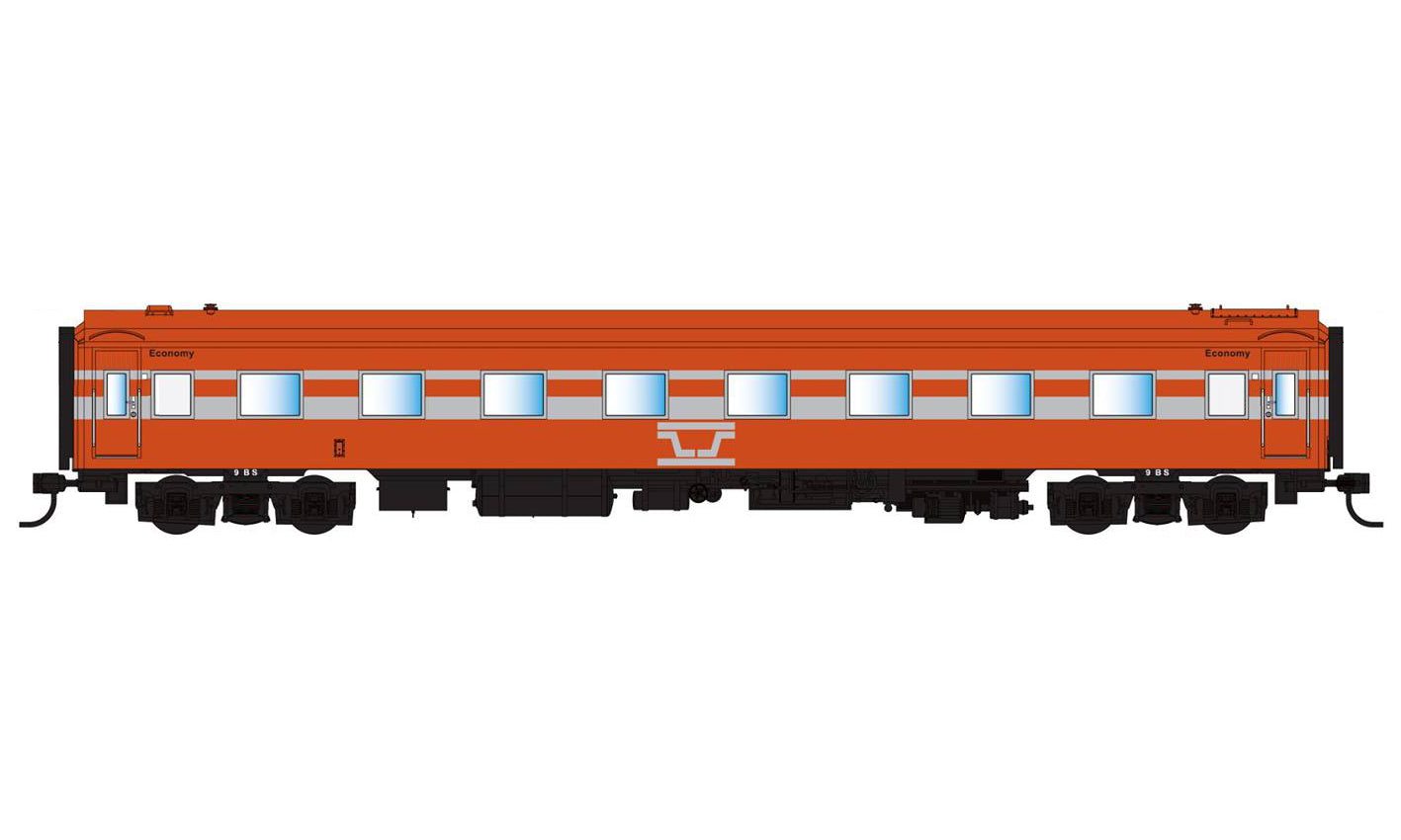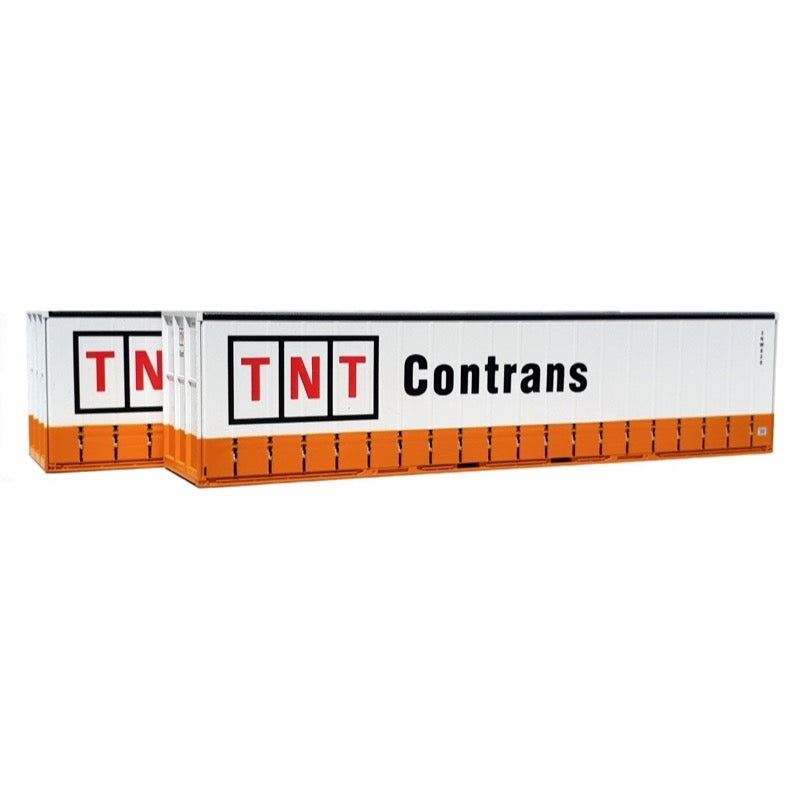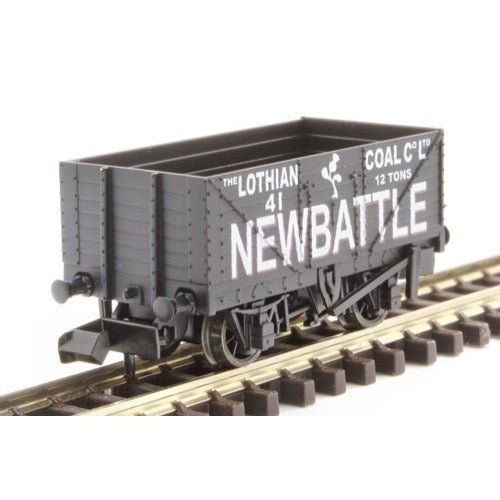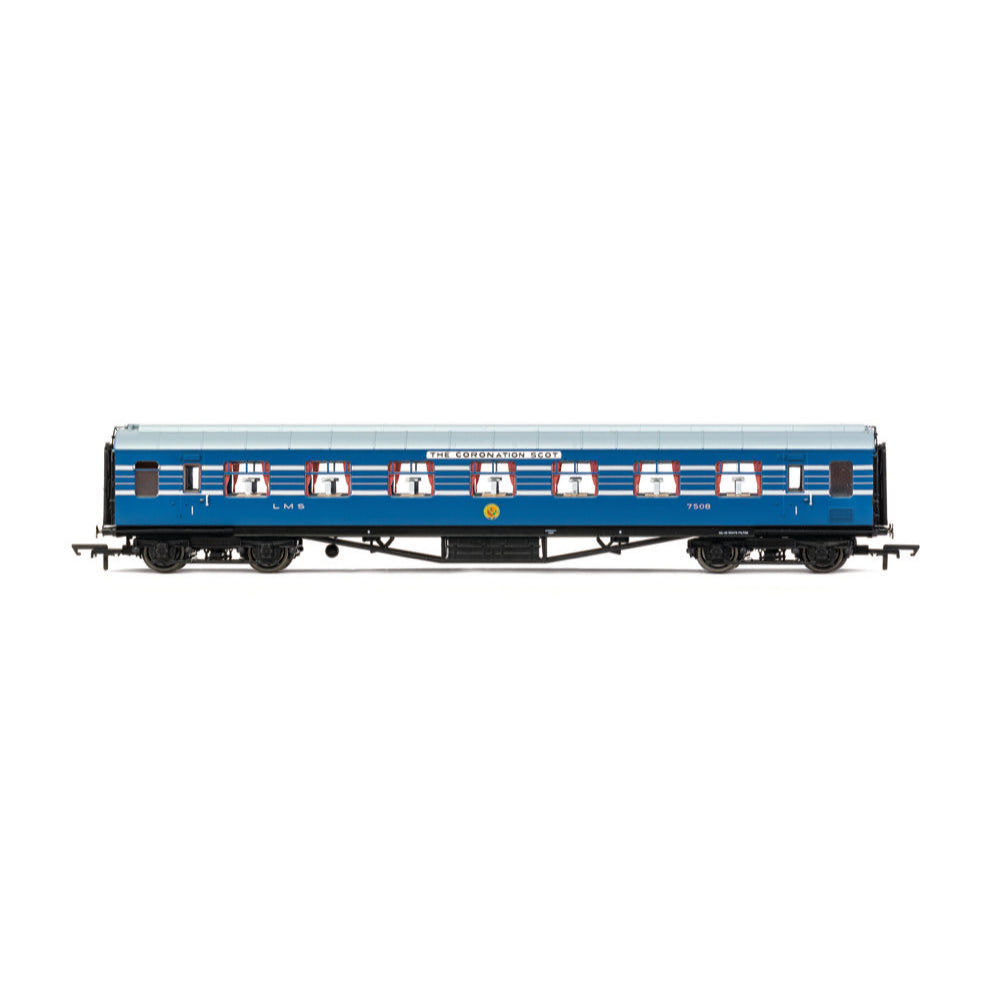
Hornby R40055 OO LMS Stanier D1902 Coronation Scot 65ft RFO 7508
In response to the LNER's 'Coronation' sets the LMS Board announced the advent of a similar train, the 'Coronation Scot'. All of the 'Coronation Scot' Coaches were eventually scrapped, beginning from withdrawals in 1962, with the exception of two of the RK vehicles; 30088 and 30106. These two coaches were converted into Inspection Saloons and both survive to this day as preserved examples.
Specification
- Item Length - Without Packaging (cm): 22.8
- Item Height - Without Packaging (cm): 5
- Item Width - Without Packaging (cm): 3.5
- Item Weight - Without Packaging: 0.13
- Item Scale: 1:76 Scale 00 Gauge
- Finish: Painted
- Colour: Blue
- Operator: LMS
- Designer: Sir William Stanier
- Livery: Coronation Scot
- Minimum Curve (mm): Radius 2
- Number of Parts: 1
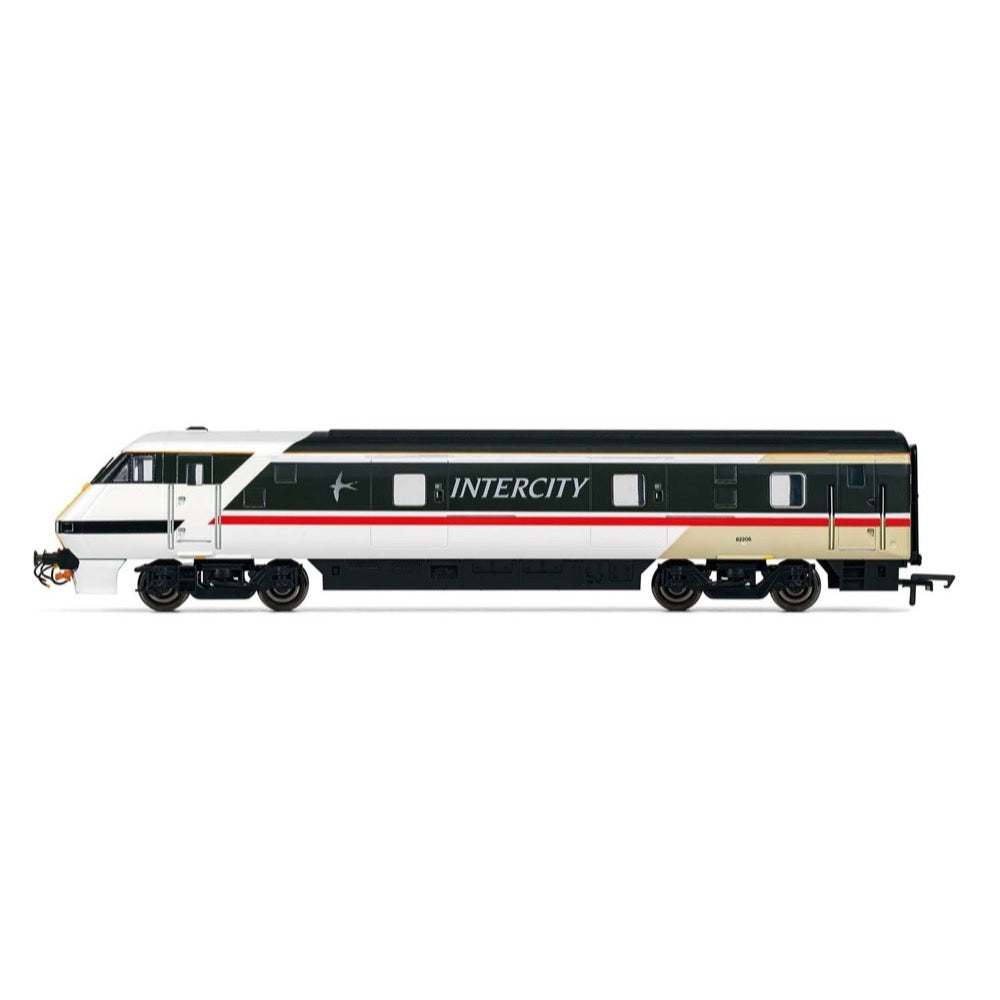
Hornby R40161 OO BR Mk4 DVT
Built at Metro-Cammell's Washwood Heath factory, 314 Mk4 coaches were produced between 1989 and 1992. They were built specifically for use on the newly electrified East Coast Main Line, along with hopes that a second order for the West Coast Main Line would be placed at a later date, although this second order never transpired. Mk4 coaches featured many improvements over the Mk3s such as push-button operated plug-type doors, fully sealed gangways and a designed top speed of 140mph. Much of the Mk4 design was based upon the Advanced Passenger Train. In particular, Mk4 coaches feature sides profiled to allow a tilt of up to 6° with newly fitted tilting bogies.
Mk4s entered service in 1989 and helped drive a significant increase in passenger traffic. With privatisation in 1996, all Mk4 coaches were sold to Evershot Rail Group who have since leased them out to the holder of the InterCity East Coast Franchise. The franchise was initially awarded to Great North Eastern Railway (GNER) and has since been operated by National Express East Coast, East Coast, Virgin Trains East Coast and London North Eastern Railway (LNER) owned by the Department for Transport.
Between October 2003 and November 2005 Bombardier Transportation, under contract from GNER, commenced refurbishment of the Mk4 stock, fitting new seating arrangements and introduced onboard Wi-Fi, a first for British rail services. This refurbishment programme was called 'Project Mallard' named after the Mallard steam locomotive, built in the 1930s by the London & North Eastern Railway and holder of the world speed record for steam locomotives.
Built by Metro-Cammell for inclusion in the InterCity 225 sets, 32 Mk4 Driving Van Trailers (DVTs) were built with the bodyshell manufactured under sub-contract by Breda in Italy. Whilst they were designed to operate with Class 91 locomotives as part of the InterCity 225 set, Mk4 DVTs have also operated with Class 90 and Class 89 locomotives.
Although Mk4 DVTs have spent most of their lives on the ECML, they are now being cascaded down to other franchises including Transport for Wales due to the introduction of the Class 800 and Class 801 IEPs.
Specification
- Item Length - Without Packaging (cm): 33
- Item Height - Without Packaging (cm): 5
- Item Width - Without Packaging (cm): 3.5
- Item Weight - Without Packaging: 0.13
- Item Scale: 1:76 Scale 00 Gauge
- Finish: Painted
- License: No
- Colour: Grey
- Gauge: OO
- Operator: BR
- Designer: Met Cam
- Livery: BR
- Minimum Curve (mm): Radius 2
- Number of Parts: 1
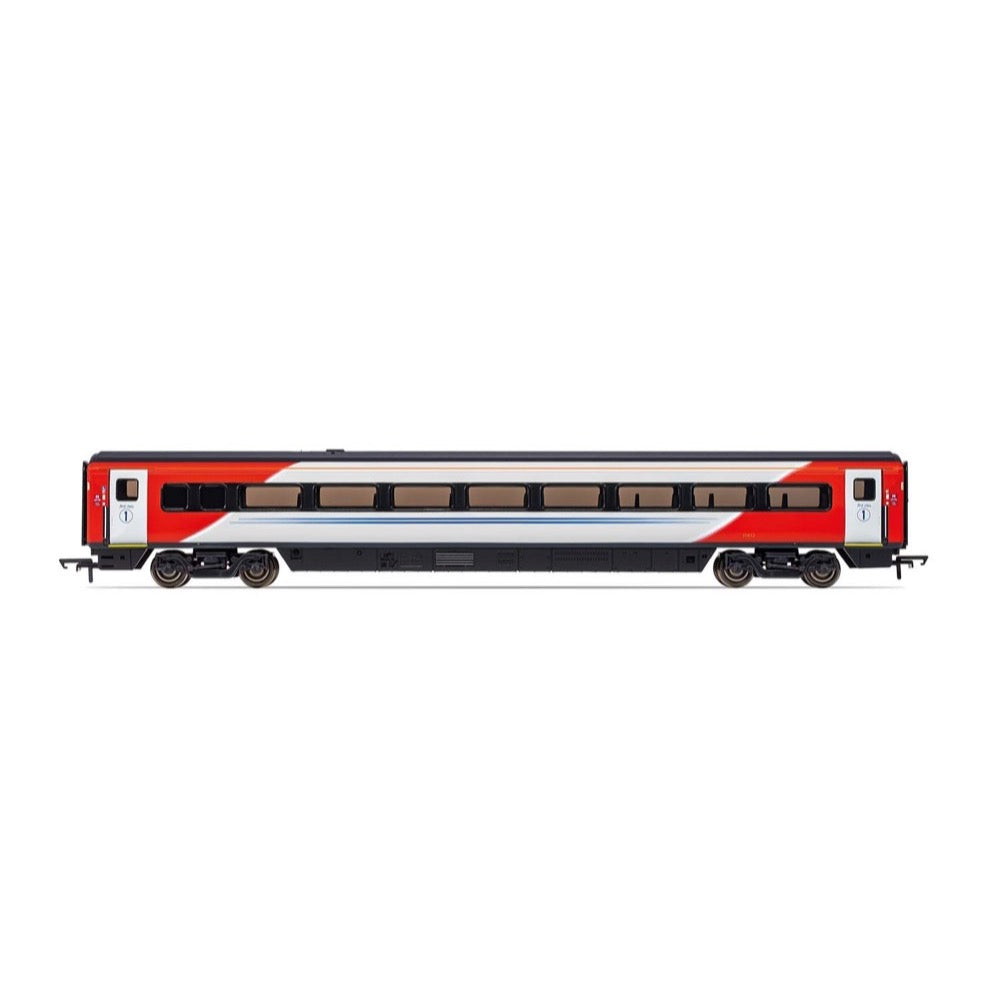
Hornby R40150 OO LNER Mk4 Open First Coach M
Built at Metro-Cammell's Washwood Heath factory, 314 Mk4 coaches were produced between 1989 and 1992. They were built specifically for use on the newly electrified East Coast Main Line, along with hopes that a second order for the West Coast Main Line would be placed at a later date, although this second order never transpired. Mk4 coaches featured many improvements over the Mk3s such as push-button operated plug-type doors, fully sealed gangways and a designed top speed of 140mph. Much of the Mk4 design was based upon the Advanced Passenger Train. In particular, Mk4 coaches feature sides profiled to allow a tilt of up to 6° with newly fitted tilting bogies.
Mk4s entered service in 1989 and helped drive a significant increase in passenger traffic. With privatisation in 1996, all Mk4 coaches were sold to Evershot Rail Group who have since leased them out to the holder of the InterCity East Coast Franchise. The franchise was initially awarded to Great North Eastern Railway (GNER) and has since been operated by National Express East Coast, East Coast, Virgin Trains East Coast and London North Eastern Railway (LNER) owned by the Department for Transport.
Between October 2003 and November 2005 Bombardier Transportation, under contract from GNER, commenced refurbishment of the Mk4 stock, fitting new seating arrangements and introduced onboard Wi-Fi, a first for British rail services. This refurbishment programme was called 'Project Mallard' named after the Mallard steam locomotive, built in the 1930s by the London & North Eastern Railway and holder of the world speed record for steam locomotives.
Although Mk4 coaches have spent most of their lives on the ECML, there are plans to cascade them down to other lines due to the introduction of the Class 800 and Class 801 IEPs.
Specification
- Item Length - Without Packaging (cm): 33
- Item Height - Without Packaging (cm): 5
- Item Width - Without Packaging (cm): 3.5
- Item Weight - Without Packaging: 0.2
- Item Scale: 1:76 Scale 00 Gauge
- Finish: Painted
- License: Yes
- License line: Produced under license for SCMG Enterprises Ltd. ©SCMGE.
- Colour: Grey
- Gauge: OO
- Operator: LNER
- Designer: Met Cam
- Livery: LNER
- Minimum Curve (mm): Radius 2
- Number of Parts: 1
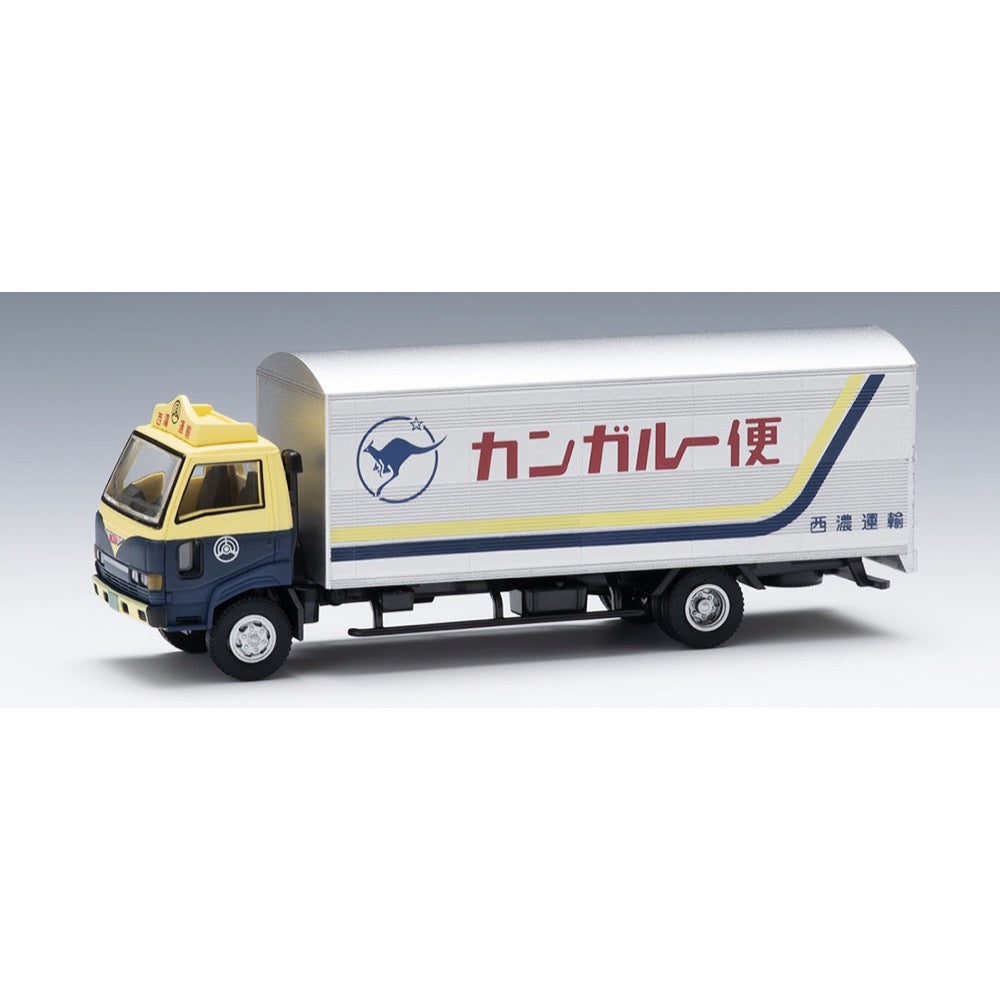
Tomix 53251 HO Piggy Back Truck A Seiun Transport
Piggyback Truck A (Seino Transportation)
Features
- Reproduces the truck that was installed and operated on Kum 80000 and Kum 1000 freight cars from 1986 to 2000
- Reproduces the cab shape of the Hino Day Cab Ranger
- Cab glass is reproduced with clear parts
- Tires use rubber material for a realistic texture
- Front and rear wheels are rotatable (front wheel steering is non-movable)
- Some markings such as number plates are omitted
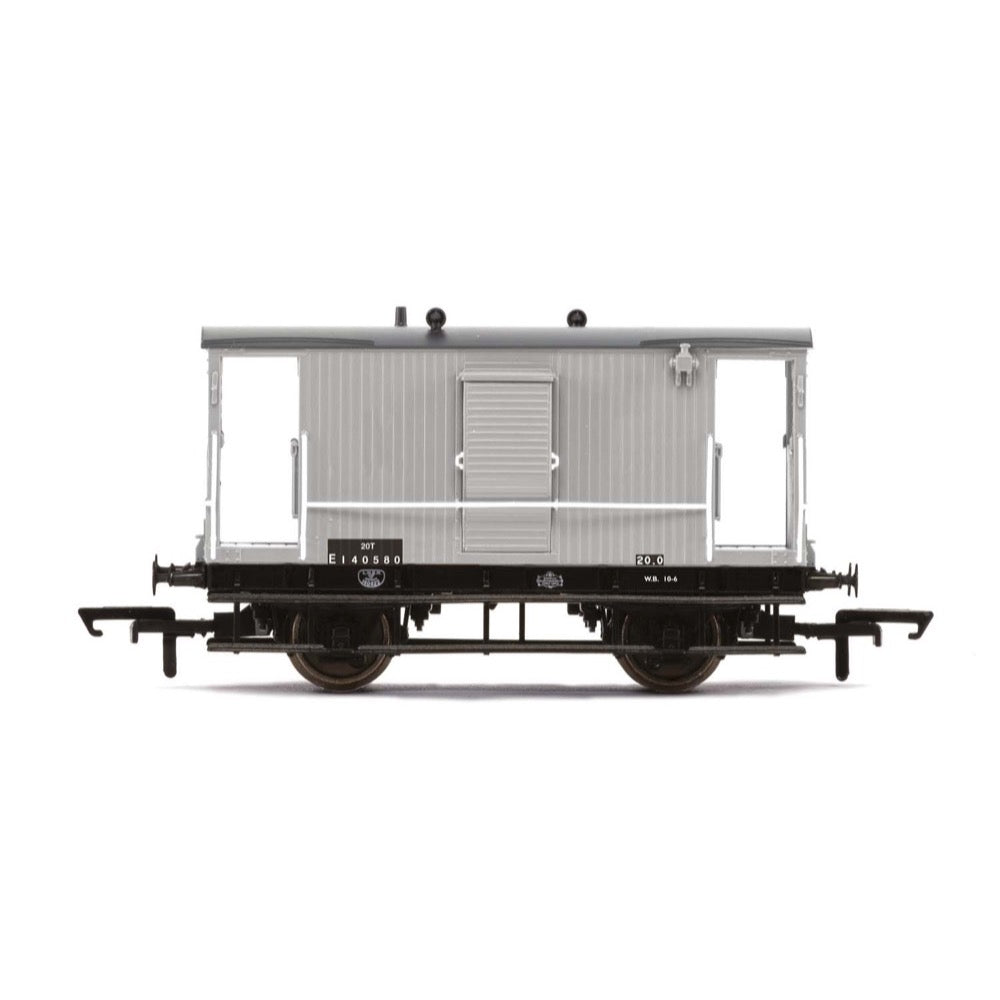
Hornby R6924 BR Dia.034 Toad B Brake Van E140580 - Era 4
As the newly formed London & North Eastern Railway's older, pre-grouping type of brake vans reached the end of their working lives, a program of renewal was put in place. An outstanding ten ton North Eastern design was completed during 1923 but the first new design, coming in 1924, was a nineteen foot, twenty ton brake van that took the best features from the former Great Northern and North East Railway types.
Specification
- Colour: Grey
- Finish: Painted
- Gauge: OO
- Livery: LNER Grey
- Coupling: NEM
- Operator: British Railways
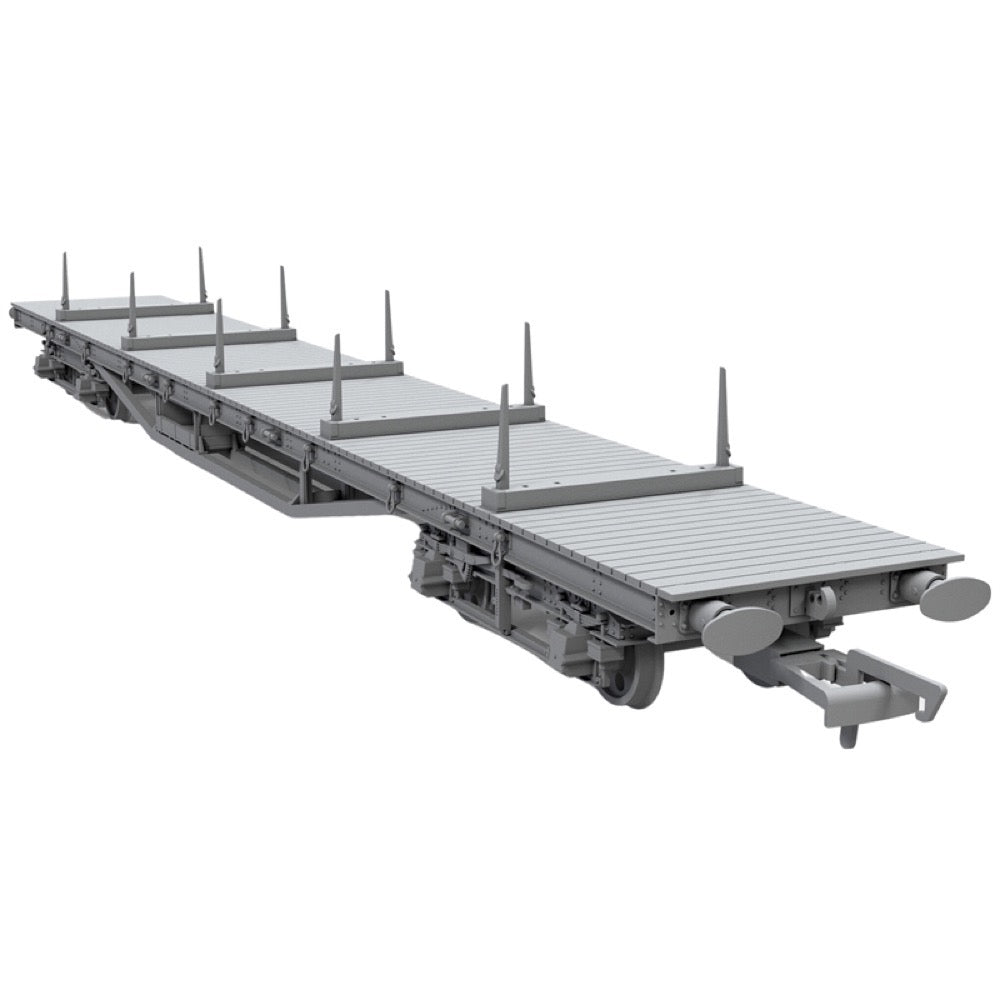
Hornby R60206 OO BR YMA Salmon Bogie Wagon Era 8
The LMS, being the largest of the Big Four railway companies, was behind a great number of freight wagons, including some of the first large bogie flat wagons. British Rail, when they took charge of the UK national rail network chose an aquatic theme for their freight wagons, and as such the LMS bogie flat design would come to be called the Salmon. Salmon wagons were designed to carry lengths of rail and later, track panels.
The 65 foot length of the wagon enabled them to easily carry standard 60 foot lengths of track and consists of up to ten of these wagons would be connected to enable the transportation of even longer lengths. Batches of these wagons, totalling 894 examples, would be constructed between 1949 and 1961 with a further batch built in 1983.
Almost all of these batches would see a rebuild at various points in time with items such as the bogies and bolster positions changing and the addition of rail cranes and end bolsters on some variants. Each different variant would receive a different TOPS code.
YMA Salmons were the result of a BR rebuild, with wagons entering the workshops then leaving with shiny new air brakes. The fitment of these brakes allowed the wagons to be run in larger consists and also allowed for the removal of the rear coupled brake van, therefore reducing the staff required for a freight service.
The Hornby Salmon range is a new tooling for 2023 with almost all variants of the wagon catered for. Fitted with diecast chassis, these wagons have fantastic weight that rolls freely on metal wheels. Bolsters are included in the accessory bag can be fitted to represent the different ways these wagons would have appeared
Specification
- Item Length - Without Packaging (cm): 28
- Item Height - Without Packaging (cm): 1.7
- Item Width - Without Packaging (cm): 3.5
- Item Weight - Without Packaging: 0.08
- Item Scale: 1:76 Scale 00 Gauge
- Finish: Painted
- Colour: Black
- Gauge: OO
- Operator: BR
- Designer: BR
- Livery: BR Departmental
- Minimum Curve (mm): Radius 2
- Number of Parts: 1
- Buffer Type: Sprung Metal Buffers
- Coupling Type: NEM Tension Lock

Tomix 98392 N 223-2000 Suburban Train Addon Set 4cars
The EF66 type was a locomotive capable of pulling a 1000t-class high-speed freight train at a maximum speed of 100km/h, and 55 units were manufactured from 1968.
In 1985, it was replaced by the EF65 type 1000 and was selected to pull the Blue Train on the Tokaido Main Line. The 24 series 25 type 100 is a limited express sleeper car that appeared in 1976.
Features
- This product and the <98391> basic set can be used to recreate an 8-car W formation.
- The car has no beads on the end.
- The car number is selectable and compatible with transfer sheets (use the ones included in the basic set).
- New current collecting system and silver wheels are used.
Contents
Vehicles
- Saha 223-2000
- Saha 223-2000
- Saha 223-2000
- Moha 223-2000(T)
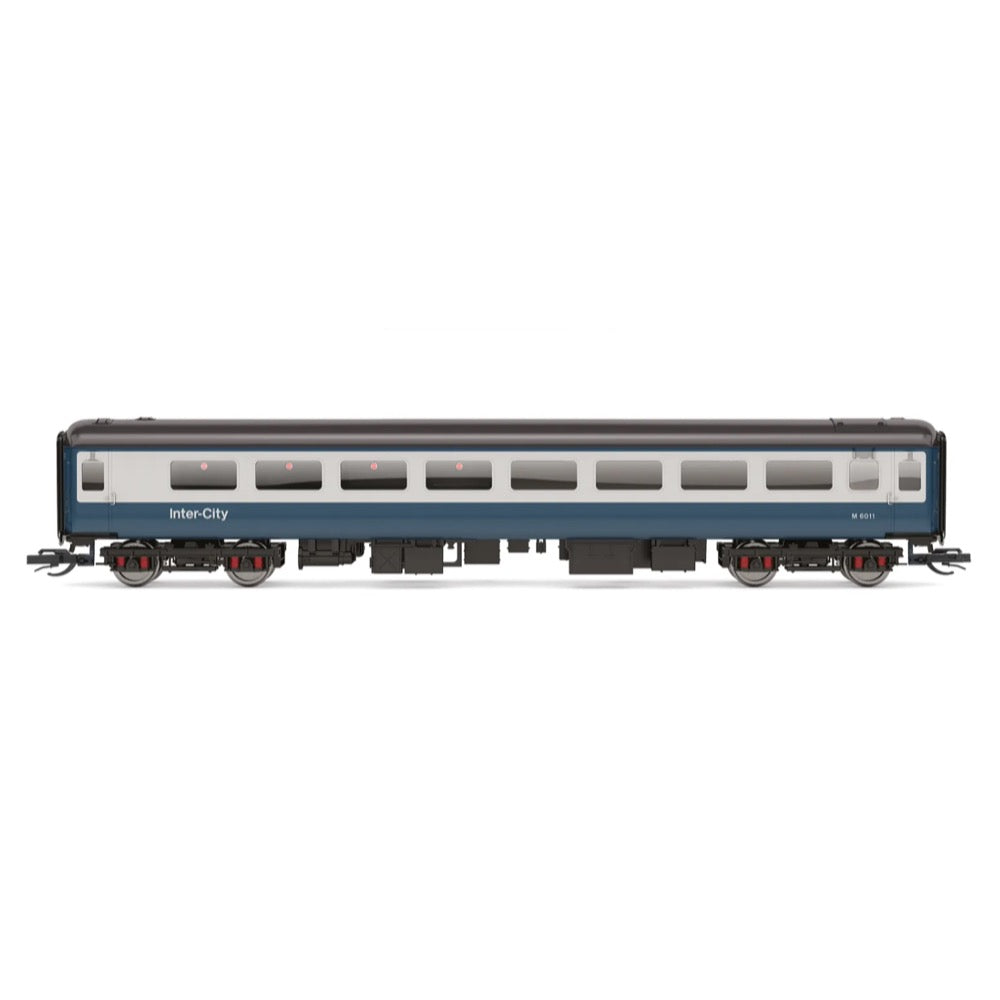
Hornby TT4017 TT BR Mk2F Tourist Standard Open M6011 - Era 7
The British Rail Mark 1 coaches were not suitable for higher speed rail services, with the Mark 1 coaches being a perfect compliment for steam locomotives which saw themselves being replaced by diesel and electric locomotives as the 1960s progressed. The Mark 2 coach was introduced in 1964 and was all steel. While the Mark 2 was a progression of the Mark 1, the two shared almost no common parts, and only a passing resemblance.
In service, the Mark 2 coaches were commonly seen in the BR Blue and Grey livery and Network South East colours. The coaches were mainly hauled by larger express diesel and electric locomotives such as the Class 40, 47 and 86. As of 2022, the only Mark 2 coaches still in service are those that are part of the Network rail fleet.
The Mark 2 F sub categories had plastic internal panelling with new style seats. Visually they were similar to the Mark 3 coach although there were obvious differences between the two with the length being the most notable. The coaches also had heating and air conditioning as debuted on the Mark 3 prototypes.
Specifications
- Item Length - Without Packaging (cm): 16.8
- Item Height - Without Packaging (cm): 3
- Item Width - Without Packaging (cm): 2.2
- Item Weight - Without Packaging: 0.04
- Item Scale: 1:120 Scale
- Finish: Painted
- Colour: Blue
- Gauge: TT
- Operator: BR
- Designer: BR
- Livery: BR Blue and Grey
- Minimum Curve (mm): Radius 1
- Number of Parts: 1


